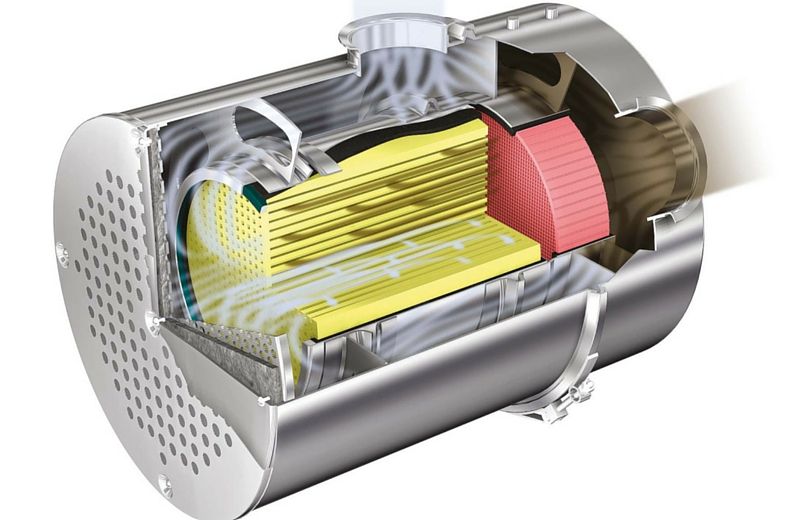
How to maintain and clean your vehicle’s DPF filter
DPFs, also known as diesel particulate filters (DPF) are an essential element in modern diesel engines. They are intended to lower emissions from particulate matter (PM) and other pollutants. These filters work by trapping and holding PM as well as other pollutants, stopping them from being released into the environment. However, over time, the DPF filter could become blocked with dust and other particles. This can lead to reduced engine performance as well as increased emissions. If you want to be sure your vehicle’s DPF filter is functioning properly it is vital to clean and maintain it regularly.
Maintaining
The first step in maintaining the vehicle’s DPF filter would be to know how it works. The filter is situated within the exhaust system and is designed to catch PM and other particles as they pass through the engine. These particles are then burnt off during a process known as regeneration. It happens automatically when the engine is operating at a high temperatures. If the filter gets blocked and blocked, it might not be able to regenerate correctly and result in decreased engine performance and higher emissions.
To prevent this from happening, it is important to monitor to keep an eye on the DPF filter’s effectiveness and clean it as necessary. One way to do this is to test the filter’s pressure drop which is a sign of how well the filter is working. In the event that the pressure drops are too large, it could be a sign that the filter is clogged and requires cleaning.
Another way to maintain the automobile’s DPF filter would be to make sure that your vehicle’s driving in a manner that allows the filter to fully regenerate. This means avoiding quick or stop-and-go drives and the use of higher speeds and higher engine loads when possible. This allows the engine to achieve higher temperatures and burn off the trapped particles more efficiently.
Cleaning your car’s DPF filter is possible in various ways. One option is using the DPF cleaning solution that can be placed in the tank of fuel and assists in breaking down and removing the stuck particles. Another option is using a DPF cleaning machine, which utilizes a combination of high-pressure air and a cleaning agent to remove the debris from the filters.
A third option is to remove the filter and physically clean it, but this method should only be done by a professional mechanic. Removal of the filter is difficult and could cause damage if it is not performed correctly.
In addition to these procedures in addition, it’s important to check the condition of the filter regularly. Filters that are damaged can’t be removed and needs to be replaced in order to prevent further harm in the engtoe.
It’s also crucial to remember that some of the cleaning methods mentioned above might not be appropriate for your particular vehicle. It’s crucial to review your vehicle’s manufacturer’s guidelines before trying any method of cleaning.
In conclusion, maintaining and cleaning the automobile’s DPF filter is vital to making sure that your engine is running properly and reduces emissions. Monitoring the filter’s pressure drop and driving in a manner that allows the filter to regenerate correctly, and then cleaning the filter as required will help extend the lifespan of the filter and keep your vehicle operating smoothly. Make sure you read the recommendations of the manufacturer prior to attempting any cleaning process and only take the filter off when you’re a professional.
